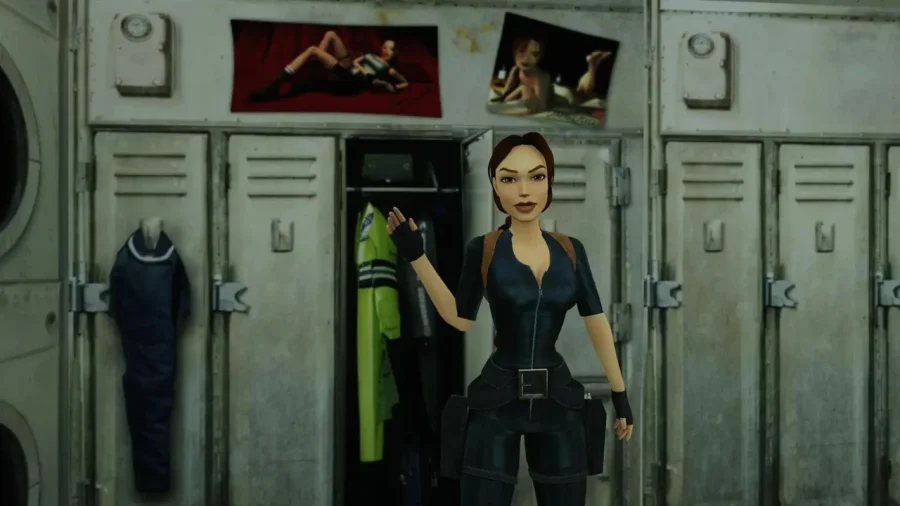Somepeople disagree with my use of the word “fractal” (see the comments to my last post). I’ve done some extensive reading on the subject this afternoon and I have to say I’m satisfied the term “fractal” is applicable both to my idea of a scaled blogosphere and to Sir Tim Berners-Lee’s Fractal Society concept.
The Wikipedia defines fractal as:
A fractal is a set which is self-similar; fractals are repetitive in shape, but not in size. In other words, no matter how much you magnify a fractal, it will always look the same (or at least similar).
The word fractal derives from the Latin word “fractus”. Here’s a definition:
Incidentally, the term “fractal” was coined in 1975 by Benoit Mandelbrot, and comes from the Latin word fractus, the perfect participle passive of the verb frangere, meaning “to break, shatter, or break down”.
On the same page, there are some great Latin quotes. This one seems especially appropriate:
Nota notae est nota rei ipsius.
A known component of a thing is known by the thing itself. (fractal self-similarity).
David G. Green’s essay entitled “Fractals and scale” states this:
Mandelbrot proposed the idea of a fractal (short for “fractional dimension”) as a way to cope with problems of scale in the real world. He defined a fractal to be any curve or surface that is independent of scale. This property, referred to as self-similarity, means that any portion of the curve, if blown up in scale, would appear identical to the whole curve. Thus the transition from one scale to another can be represented as iterations of a scaling process.
The phrase self-similarity is a key one. This from kosmoi.com:
A self-similar object is one whose component parts resemble the whole. Not all fractals are self-similar or at least not exactly so, but most exhibit this property.
Now back to Sir Tim Berners-Lee’s use of the word fractal. He’s been using the word at least since the mid-90’s, since I found this in a 1995 speech of his:
People need to be part of the fractal pattern. They need to be part of organisms at each scale. We appreciate that a person needs a balance between interest in self, family, town, state and planet. A person needs connections at each scale. People who lack connections at any given scale feel frustrated.[…]Look at web “home pages”. “Home pages” are representative of people, organizations, or concepts. Good ones tend to, just like people, have connections of widely varying “length”. Perhaps as the web grows we will be able to see fractal structure emerge in its interconnections. Perhaps we ought to bear this in mind as we build our own webs.
TBL from a W3C mailing list entry in July 2003:
I expect the web to have different order at different scales.
A fractal system has similar amounts of organization showing up in a
similar way at different scales. I think the semantic web will — must
in fact, to be useful — evolve in this way.
I also want to note that there is a link between Chaos Theory and fractal. This from the Wikipedia:
Chaotic dynamical systems are often (if not always) associated with fractals.
In summary, the main point of my Fractal Blogosphere post was to try and suggest a new approach to blogging. You don’t have to blog just to become popular (as is the only option if you live by the Power Law); you can derive just as much if not more pleasure from writing at the scale or level that fits your situation. Each level has different challenges and rewards. My idea says that there are gradations of motivation for blogging, which the power law in it’s black/white harshness does not recognize (it can’t, because it’s a law not a social prescription). In the end, all blogging is pretty much the same – self-similar – but in reality there are differing levels of scale at which people can participate in the blogosphere. Why not embrace that?





















